
Deutsch-Chinesische Enzyklopädie, 德汉百科
 Lazio
Lazio
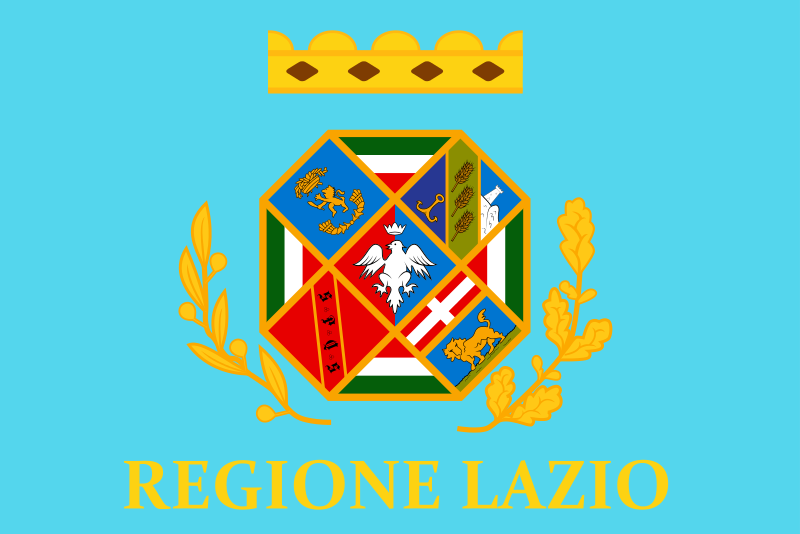




 Architecture
Architecture
 Eurovision Song Contest,ESC
Eurovision Song Contest,ESC
 FIFA Fussball-Weltmeisterschaft 1990
FIFA Fussball-Weltmeisterschaft 1990
 UEFA European Championship 2020
UEFA European Championship 2020

 History
History
 Italy
Italy

 Lazio
Lazio
 Rom
Rom
 Olympic Summer Games
Olympic Summer Games
 1960 Summer Olympics
1960 Summer Olympics
 Silk road
Silk road

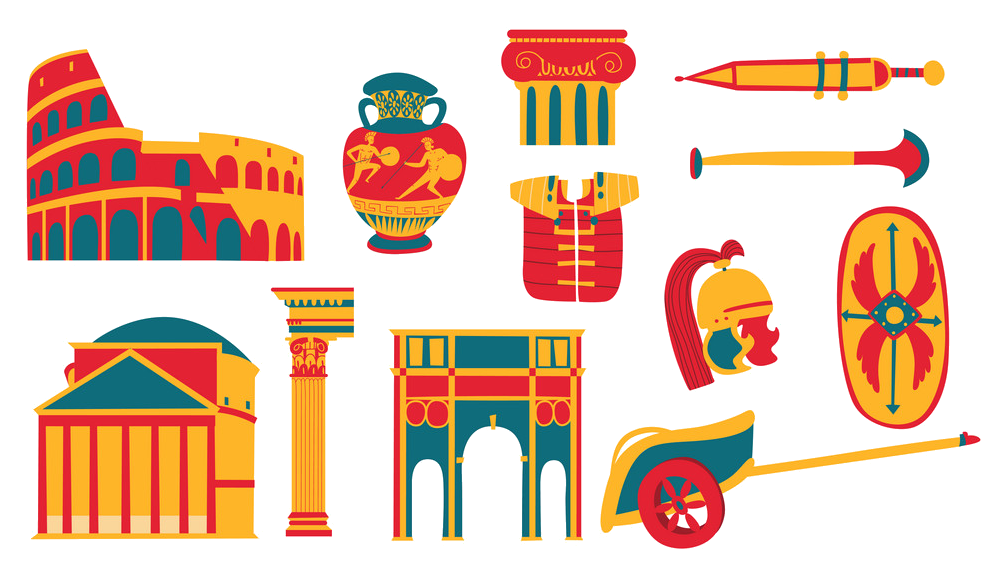 Cities founded by the Romans
Cities founded by the Romans

 World Heritage
World Heritage

罗马(意大利语:Roma)是意大利首都及全国政治、经济、文化和交通中心,是世界著名的历史文化名城,古罗马文明的发祥地,因建城历史悠久并保存大量古迹而被昵称为“永恒之城”[1][2]。其位于意大利半岛中西部,台伯河下游平原地的七座小山丘上,市中心面积有1200多平方公里。罗马同时是全世界天主教会的中枢,拥有700多座教堂与修道院、7所天主教大学,市内的梵蒂冈城是罗马主教即天主教会教宗及圣座的驻地。罗马与佛罗伦萨同为意大利文艺复兴中心[3],现今仍保存有相当丰富的文艺复兴与巴洛克风貌;1980年,罗马的历史城区被列为世界文化遗产[4]。
Rom (lateinisch Rōma; italienisch Roma [ˈroːma]), amtlich Roma Capitale, ist die Hauptstadt Italiens.[2] Mit etwa drei Millionen Einwohnern im Stadtgebiet bzw. rund vier Millionen Einwohnern in der Agglomeration ist sie die größte Stadt Italiens. Rom liegt in der Region Latium an den Ufern des Flusses Tiber.
Rom wurde erstmals im 1. Jahrhundert v. Chr. vom Dichter Tibull[3] Ewige Stadt genannt. Diese Bezeichnung, ursprünglich eine Antonomasie, wurde zu einem Ehrennamen für die Stadt wegen der Bedeutung in ihrer bis heute drei Jahrtausende umspannenden Geschichte.
Sie ist heute Verwaltungssitz der Region Latium und der Metropolitanstadt Rom, bis 2015 Provinz Rom. Innerhalb der Stadt bildet der unabhängige Staat der Vatikanstadt eine Enklave. Der Vatikan ist der Sitz des Papstes, das heißt des Bischofs von Rom und Oberhaupts der römisch-katholischen Kirche sowie des Heiligen Stuhls. Zudem ist Rom seit 1834 Sitz des Malteser-Ritterordens, der ein eigenständiges (jedoch nichtstaatliches) Völkerrechtssubjekt ist, sowie der UNO-Unterorganisationen FAO, IFAD und WFP.
Rom ist außerordentlich reich an bedeutenden Bauten und Museen und Ziel zahlreicher Touristen. Die Altstadt von Rom, der Petersdom und die Vatikanstadt wurden von der UNESCO im Jahr 1980 zum Weltkulturerbe erklärt.[4]
In einer Rangliste der Städte nach ihrer Lebensqualität belegte Rom im Jahre 2018 den 57. Platz unter 231 untersuchten Städten weltweit.[5]
ローマ(伊: Roma、羅: Roma)は、イタリアの首都。欧州有数の世界都市であり、ラツィオ州の州都、ローマ県のコムーネの一つで、ローマ県の県都でもある。英語とフランス語の表記は「Rome」。
イタリアの首都で政治、経済、文化の中心地である。当市に囲まれるようにローマ教皇の居住するバチカン市国があり、そこは全世界のカトリック教徒にとっての中心地で、現在は外国であるが歴史・宗教・文化的にはローマ市地域と密接な関わりがある。そして昔のローマの大国さを表した「ローマは一日にして成らず」という諺もある。また、領土を持たないマルタ騎士団の本部、マルタ宮殿がコンドッティ通り68にあり、治外法権が認められている。
2014年現在の人口は約286万人で、イタリアで最も人口が多い都市である。2010年の都市的地域の人口では271万人であり、世界128位である[4]。 かつてのローマ帝国の首都であったため西洋文明圏を代表する都市のひとつであり、カトリック教会の中枢であり、そしてまたその美しさから『永遠の都』と称される。
2014年、アメリカのシンクタンクが公表したビジネス、人材、文化、政治などを対象とした総合的な世界都市ランキングにおいて、世界第32位の都市と評価されており、イタリアの都市では第1位であった[5]。
観光都市としての側面もあり、2012年には7,800,000人の観光客が訪れた[6]。後述の「観光」、「聖地として」も参照。
Rome (Italian: Roma ![]() i[ˈroːma]; Latin: Roma [ˈroːma]) is the capital city of Italy and a special comune (named Comune di Roma Capitale). Rome also serves as the capital of the Lazio region. With 2,872,800 residents in 1,285 km2 (496.1 sq mi),[1] it is also the country's most populated comune. It is the fourth-most populous city in the European Union by population within city limits. It is the centre of the Metropolitan City of Rome, which has a population of 4.3 million residents.[2] Rome is located in the central-western portion of the Italian Peninsula, within Lazio (Latium), along the shores of the Tiber. The Vatican City is an independent country inside the city boundaries of Rome, the only existing example of a country within a city: for this reason Rome has been often defined as capital of two states.[3][4]
i[ˈroːma]; Latin: Roma [ˈroːma]) is the capital city of Italy and a special comune (named Comune di Roma Capitale). Rome also serves as the capital of the Lazio region. With 2,872,800 residents in 1,285 km2 (496.1 sq mi),[1] it is also the country's most populated comune. It is the fourth-most populous city in the European Union by population within city limits. It is the centre of the Metropolitan City of Rome, which has a population of 4.3 million residents.[2] Rome is located in the central-western portion of the Italian Peninsula, within Lazio (Latium), along the shores of the Tiber. The Vatican City is an independent country inside the city boundaries of Rome, the only existing example of a country within a city: for this reason Rome has been often defined as capital of two states.[3][4]
Rome's history spans 28 centuries. While Roman mythology dates the founding of Rome at around 753 BC, the site has been inhabited for much longer, making it one of the oldest continuously occupied sites in Europe.[5] The city's early population originated from a mix of Latins, Etruscans, and Sabines. Eventually, the city successively became the capital of the Roman Kingdom, the Roman Republic and the Roman Empire, and is regarded as the birthplace of Western civilisation and by some as the first ever metropolis.[6] It was first called The Eternal City (Latin: Urbs Aeterna; Italian: La Città Eterna) by the Roman poet Tibullus in the 1st century BC, and the expression was also taken up by Ovid, Virgil, and Livy.[7][8] Rome is also called the "Caput Mundi" (Capital of the World). After the fall of the Western Empire, which marked the beginning of the Middle Ages, Rome slowly fell under the political control of the Papacy, which had settled in the city since the 1st century AD, until in the 8th century it became the capital of the Papal States, which lasted until 1870. Beginning with the Renaissance, almost all the popes since Nicholas V (1447–1455) pursued over four hundred years a coherent architectural and urban programme aimed at making the city the artistic and cultural centre of the world.[9] In this way, Rome became first one of the major centres of the Italian Renaissance,[10] and then the birthplace of both the Baroque style and Neoclassicism. Famous artists, painters, sculptors and architects made Rome the centre of their activity, creating masterpieces throughout the city. In 1871, Rome became the capital of the Kingdom of Italy, which, in 1946, became the Italian Republic.
Rome has the status of a global city.[11][12][13] In 2016, Rome ranked as the 14th-most-visited city in the world, 3rd most visited in the European Union, and the most popular tourist attraction in Italy.[14] Its historic centre is listed by UNESCO as a World Heritage Site.[15] Monuments and museums such as the Vatican Museums and the Colosseum are among the world's most visited tourist destinations with both locations receiving millions of tourists a year, and the city hosted the 1960 Summer Olympics. Rome is the seat of several specialized agencies of the United Nations, such as the Food and Agriculture Organization (FAO), the World Food Programme (WFP) and the International Fund for Agricultural Development (IFAD). The city hosts the headquarters of many international business companies, such as Eni, Enel, TIM, Leonardo S.p.A., and national and international banks such as Unicredit and BNL. Its business district, called EUR, is the base of many companies involved in the oil industry, the pharmaceutical industry, and financial services. Rome is also an important fashion and design centre thanks to renowned international brands centered in the city. Rome's Cinecittà Studios have been the set of many Academy Award–winning movies.
Roma (AFI: /ˈroma/[5], ) è la capitale della Repubblica Italiana, nonché capoluogo dell'omonima città metropolitana e della regione Lazio. La città è dotata di un ordinamento amministrativo speciale, denominato Roma Capitale, disciplinato da una legge dello Stato.[6]
Con 2 869 322 abitanti è il comune più popoloso d'Italia e il quarto dell'Unione europea,[3] mentre con 1 287,36 km² è il comune più esteso d'Italia e la quinta città più estesa d'Europa dopo Mosca, Istanbul, Londra e San Pietroburgo. È inoltre la città europea con la maggiore superficie di aree verdi[7].
Fondata secondo la tradizione il 21 aprile del 753 a.C. (sebbene scavi recenti nel Lapis Niger farebbero risalire la fondazione a 2 secoli prima[8][9]), nel corso dei suoi tre millenni di storia è stata la prima metropoli dell'umanità,[10] cuore pulsante di una delle più importanti civiltà antiche, che influenzò la società, la cultura, la lingua, la letteratura, l'arte, l'architettura, la filosofia, la religione, il diritto e i costumi dei secoli successivi. Luogo di origine della lingua latina, fu capitale dell'Impero romano che estendeva il suo dominio su tutto il bacino del Mediterraneo e gran parte dell'Europa, dello Stato Pontificio, sottoposto al potere temporale dei papi e del Regno d'Italia (dal 1871 al 1946). Per antonomasia, è definita l'Urbe, Caput Mundi e Città eterna.
Il suo centro storico, delimitato dal perimetro delle mura aureliane, sovrapposizione di testimonianze di quasi tre millenni è espressione del patrimonio storico, artistico e culturale del mondo occidentale europeo[11] e, nel 1980, insieme alle proprietà extraterritoriali della Santa Sede nella città, è stato inserito nella lista dei Patrimoni dell'umanità dell'UNESCO, provvedimento esteso nel 1990 ai territori compresi all'interno delle mura gianicolensi, edificate per volere di papa Urbano VIII.[12][13]
Roma, cuore della cristianità cattolica, è l'unica città al mondo ad ospitare al proprio interno un intero Stato, l'enclave della Città del Vaticano:[14] per tale motivo è spesso definita capitale di due Stati.[15][16]
Rome (en italien : Roma, prononcé [ˈroˑma]) est la capitale de l'Italie depuis 1871. Située au centre-ouest de la péninsule Italienne, près de la mer Tyrrhénienne, elle est également la capitale de la région du Latium, et fut celle de l'Empire romain durant 357 ans. En 2016, elle compte 2 877 215 habitants établis sur 1 285 km2, ce qui fait d'elle la commune la plus peuplée d'Italie et la troisième plus étendue d'Europe après Moscou et Londres1. Son aire urbaine recense 4 356 403 habitants en 20162,3. Elle présente en outre la particularité de contenir un État enclavé dans son territoire : la cité-État du Vatican (Stato della Città del Vaticano), dont le pape est le souverain. C'est le seul exemple existant d'un État à l'intérieur d'une ville.
L'histoire de Rome s'étend sur plus de vingt-huit siècles, depuis sa fondation mythique par Romulus en 753 av. J.-C. jusqu'à son rôle actuel de capitale de la république italienne. Second berceau de la civilisation occidentale après Athènes, la ville fut successivement le centre de la monarchie romaine, de la république romaine (509 av. J.-C. – 27 av. J.-C.), puis de l'Empire romain (27 av. J.-C. – 330). Durant cette période, où nait la célèbre expression proverbiale « tous les chemins mènent à Rome », la ville aurait compté entre un et deux millions d'habitants et domine l'Europe, l'Afrique du Nord et le Moyen-Orient tant militairement que culturellement, diffusant dans ces territoires la langue latine, ses arts et techniques ainsi que la religion chrétienne. Depuis le Ier siècle elle abrite le siège de l'Église catholique romaine, au sein des États pontificaux (752-1870) puis de la Cité du Vatican.
Considérablement agrandie par de grands travaux sous Jules César et surtout sous Auguste, la ville est partiellement détruite lors du Grand incendie de Rome - le Circus Maximus notamment. À partir du XVe siècle, presque tous les papes depuis Nicolas V (1447-1455) perpétuent la tradition de l'architecture romaine et ambitionnent de faire de Rome le principal centre culturel et artistique de l'Occident. La ville devient l'un des foyers de la Renaissance italienne, avec Florence et Venise, et donne naissance au style baroque - dont témoigne encore son centre historique, classé par l'UNESCO comme site du patrimoine mondial4. Des artistes comme Michel-Ange, Raphaël ou Le Bernin s'y installent et produisent des œuvres telles que la basilique Saint-Pierre, la chapelle Sixtine, la fontaine de Trevi, le Capitole ou les Chambres de Raphaël. Au XIXe siècle, Rome est le symbole de l'unité italienne et devient la capitale du Royaume d'Italie, puis de la République après la Seconde Guerre mondiale.
Ville globale, Rome est la troisième destination touristique la plus visitée d'Europe derrière Londres et Paris5. La Ville Éternelle est l'une des plus belles villes du monde, et fréquentée par les touristes depuis le XVIIIe siècle. Le siège de la papauté et le pèlerinage de Rome en font un lieu éminent pour les chrétiens du monde entier depuis des siècles. Les musées du Vatican et le Colisée sont parmi les sites les plus fréquentés. Rome est aussi l'un des plus grands sites archéologiques du monde, et compte également de nombreux ponts et fontaines, 900 églises, ainsi qu'un grand nombre de musées et d'universités. Outre le tourisme, l'économie de la « Ville Éternelle » est également orientée vers les nouvelles technologies, les médias et les télécommunications depuis les années 2000. Bâtie sur sept collines, la ville se situe près de l'embouchure du Tibre et est divisée en vingt-deux rioni. Rome a aussi organisé les Jeux olympiques d'été en 1960. Rome n'est jumelée qu'avec une seule autre ville, Paris, ce qui est vrai dans l'autre sens, avec ce slogan : « Seul Paris est digne de Rome, seule Rome est digne de Paris ».
Roma es una ciudad italiana de 2 877 215 habitantes,23 capital de la región del Lacio y de Italia. Es el municipio más poblado de Italia y es la cuarta ciudad más poblada de la Unión Europea.4 Por antonomasia se la conoce desde fines de la Antigüedad como la Urbe. También es llamada "La Ciudad Eterna" (en italiano: Città Eterna).
En el transcurso de su historia, que abarca tres milenios, llegó a extender sus dominios sobre toda la cuenca del Mediterráneo y gran parte de Europa. Como capital del Imperio romano, se constituyó en una de las primeras grandes metrópolis de la humanidad, centro de una de las civilizaciones antiguas más importantes. Influyó en la sociedad, la cultura, la lengua, la literatura, el arte, la arquitectura, la filosofía, la religión, el derecho y la moral de los siglos sucesivos.
Es la ciudad con la más alta concentración de bienes históricos y arquitectónicos del mundo;5 su centro histórico delimitado por el perímetro que marcan las murallas aurelianas, superposición de huellas de tres milenios, es la expresión del patrimonio histórico, artístico y cultural del mundo occidental europeo.6 En 1980, junto a las propiedades extraterritoriales de la Santa Sede que se encuentran en la ciudad y la Basílica de San Pablo Extramuros, fue incluida en la lista del Patrimonio de la Humanidad de la Unesco.78
Roma es el corazón geográfico de la religión católica y destino de peregrinación (vías romeas) y también la única ciudad del mundo que tiene en su interior un Estado extranjero: el enclave de la Ciudad del Vaticano, que se encuentra bajo el poder temporal del papa.9 Por tal motivo se le ha conocido también como la capital de dos Estados.
Рим (итал. Roma [ˈroːma]) — столица и крупнейший город Италии. Административный центр области Лацио и провинции Рим. Расположен на реке Тибр.
Рим — один из старейших городов мира, древняя столица Римской империи. Ещё в Античности (III век н. э.) Рим стали часто называть Вечным (лат. Roma Aeterna). Одним из первых так назвал Рим римский поэт Альбий Тибулл (I век до н. э.) в своей второй элегии. Представления о «вечности» Рима во многом сохранились и после падения древнеримской цивилизации, принеся соответствующий эпитет в современные языки.
Также Рим называют «городом на семи холмах». Первоначально поселения располагались на холме Палатине, впоследствии были заселены соседние холмы: Капитолий и Квиринал. Несколько позже поселения появились на последних четырёх холмах (Целие, Авентине, Эсквилине и Виминале).
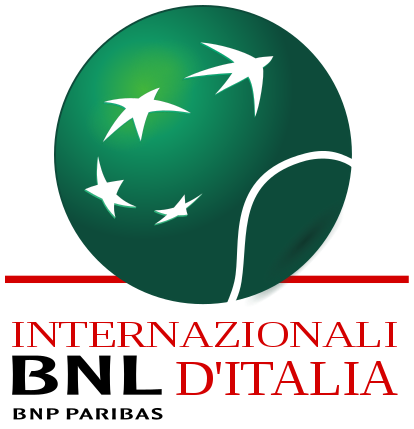


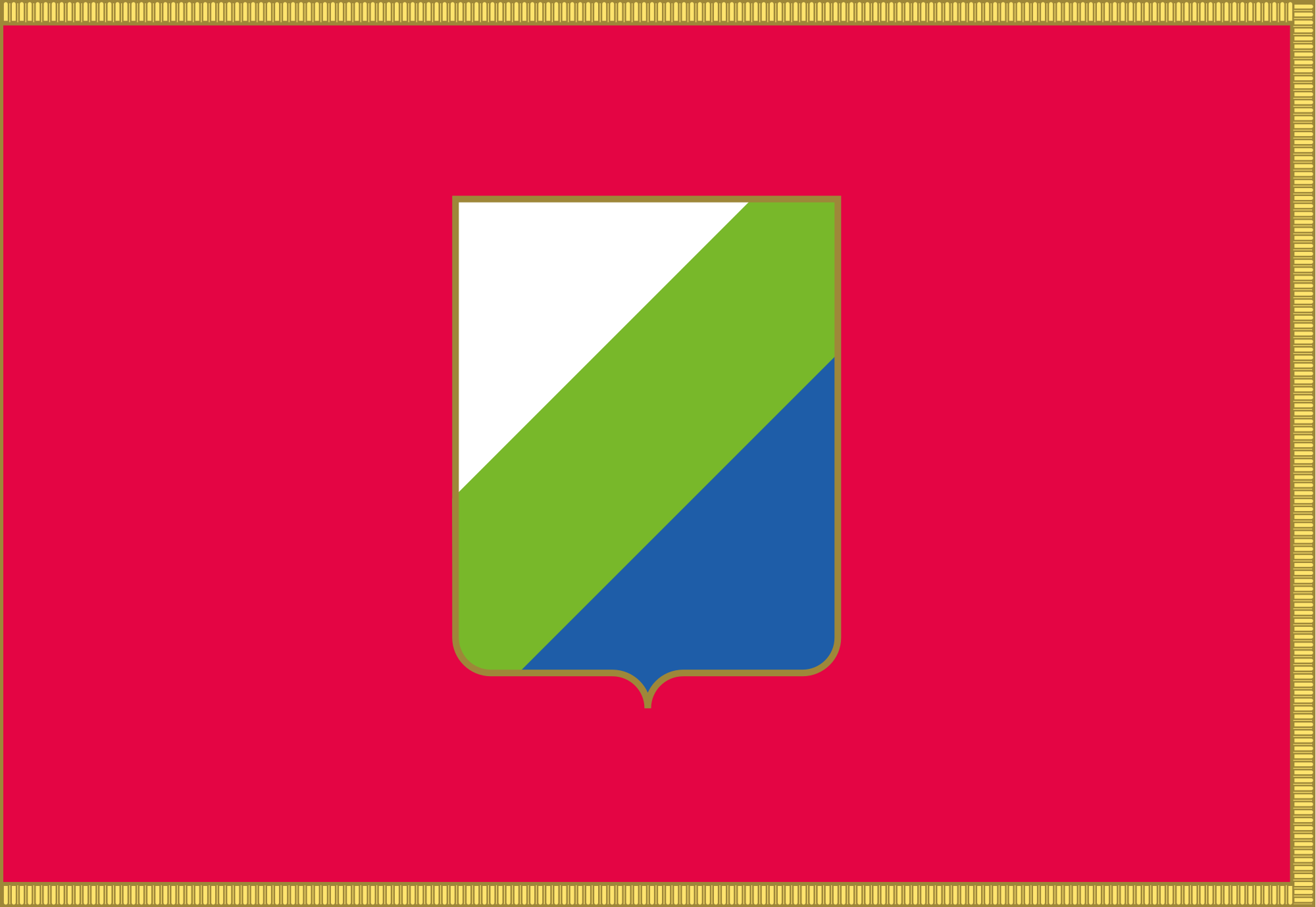 Abruzzo
Abruzzo

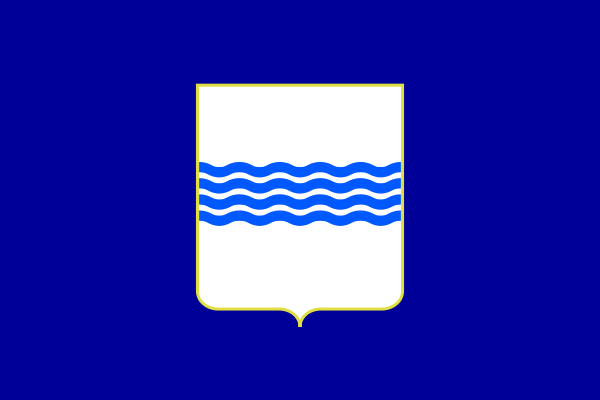 Basilicata
Basilicata

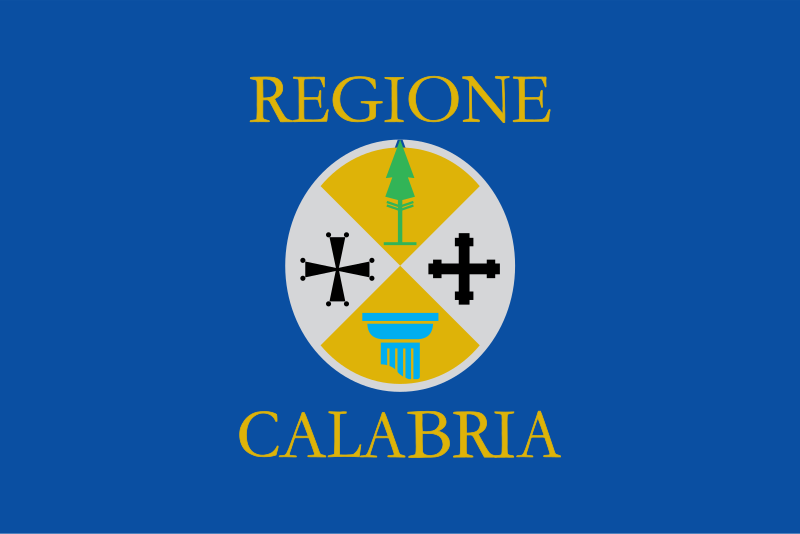 Calabria
Calabria

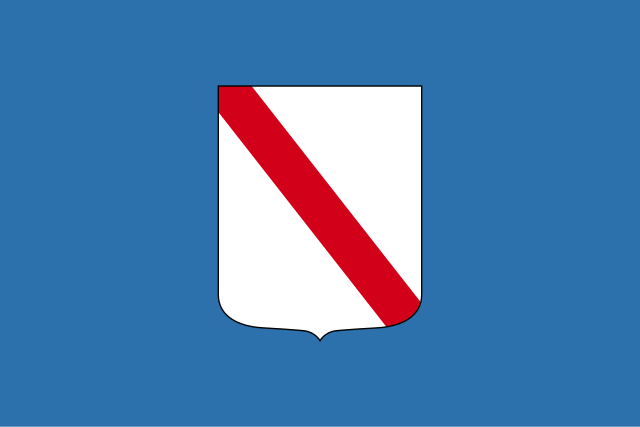 Campania
Campania

 Emilia-Romagna
Emilia-Romagna

 History
History
 I 500 - 0 BC
I 500 - 0 BC

 History
History
 J 0 - 500 AD
J 0 - 500 AD
 Italy
Italy

 Lazio
Lazio

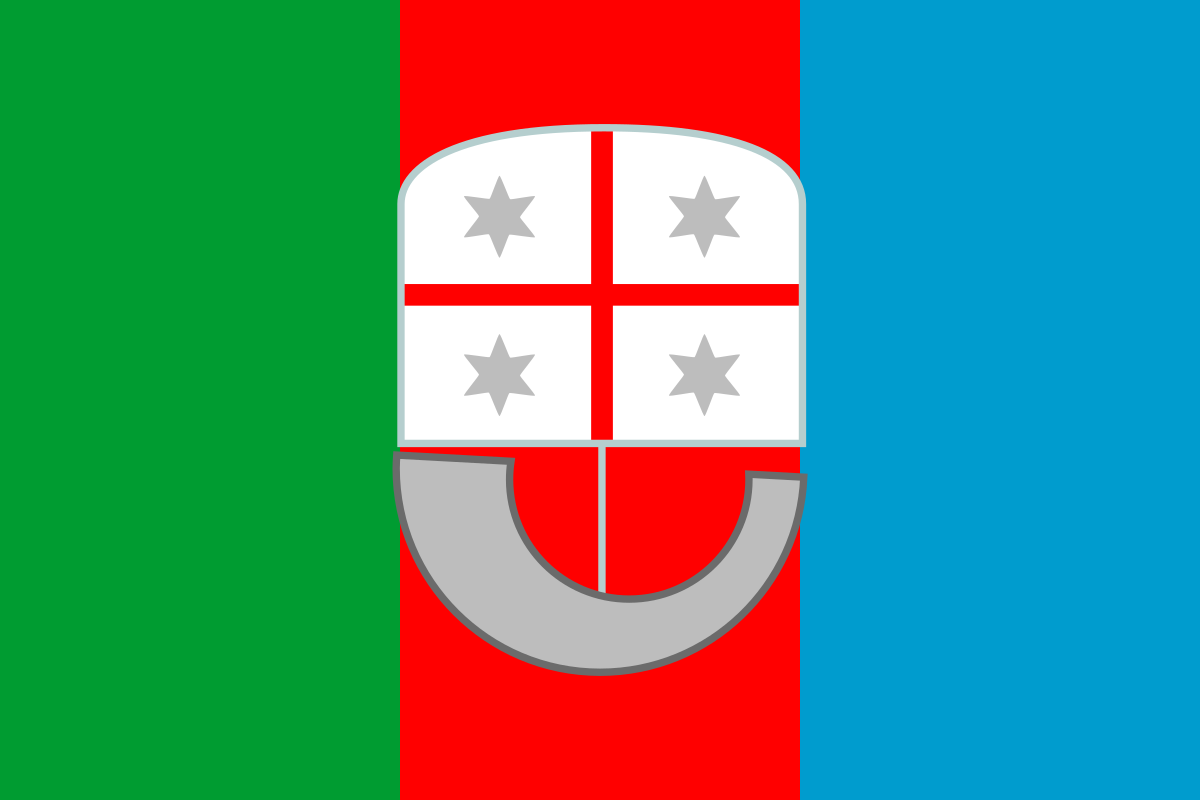 Liguria
Liguria

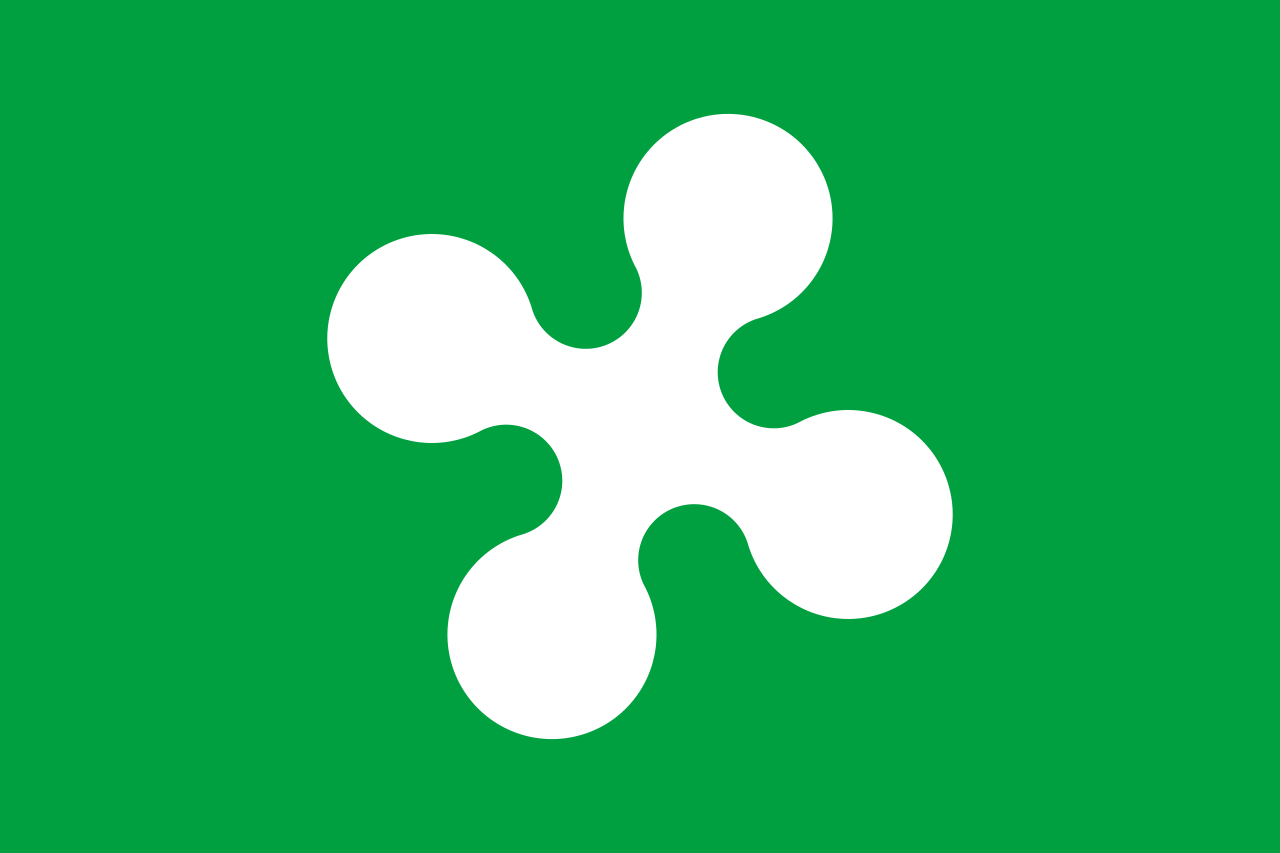 Lombardia
Lombardia

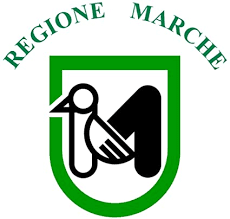 Marche
Marche

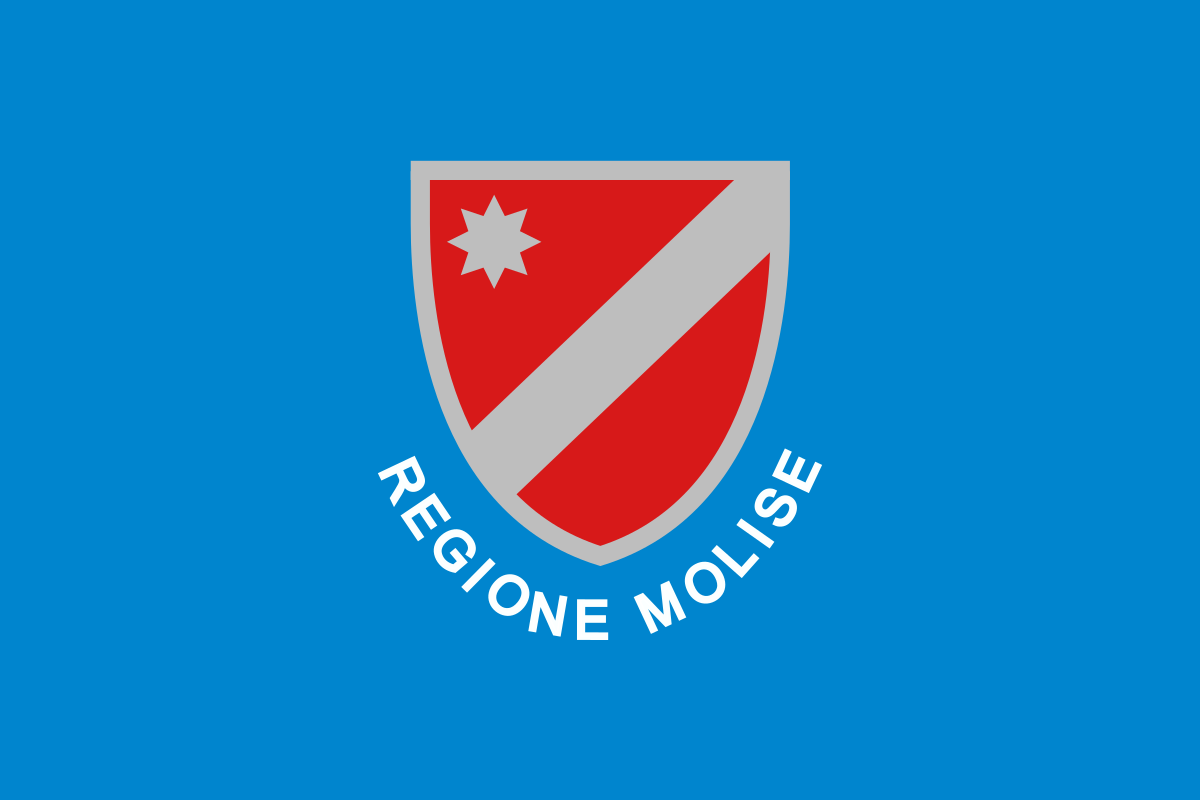 Molise
Molise

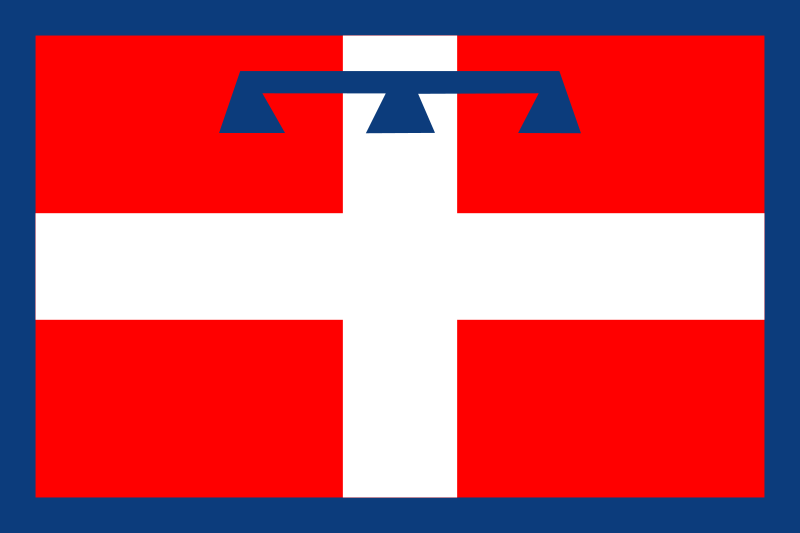 Piemonte
Piemonte

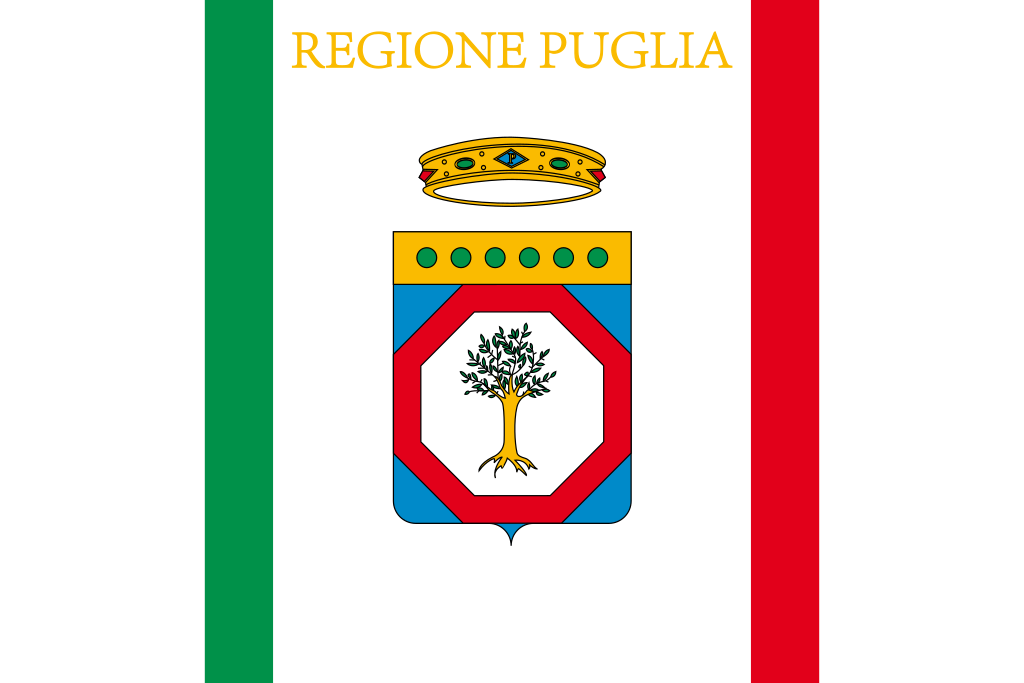 Puglia
Puglia

 Review
Review

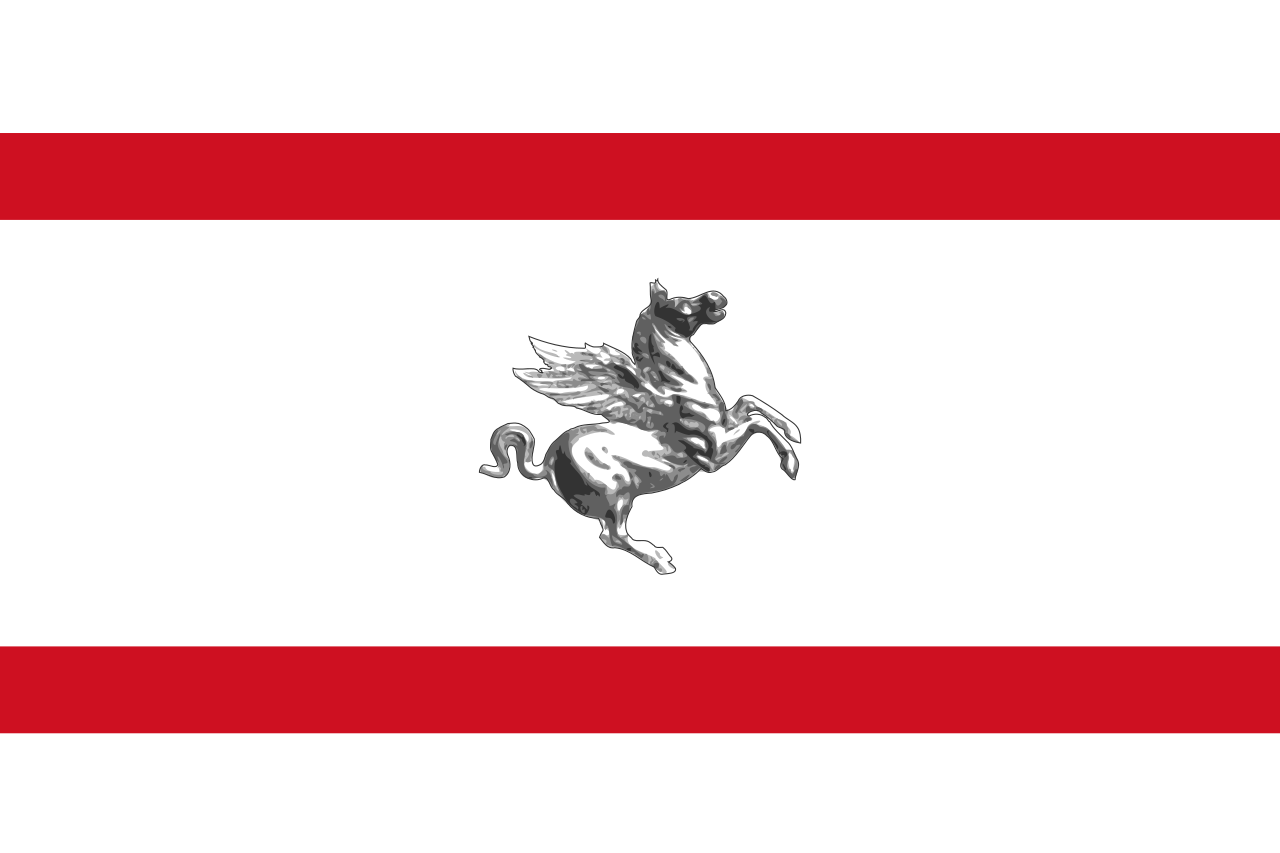 Toscana
Toscana

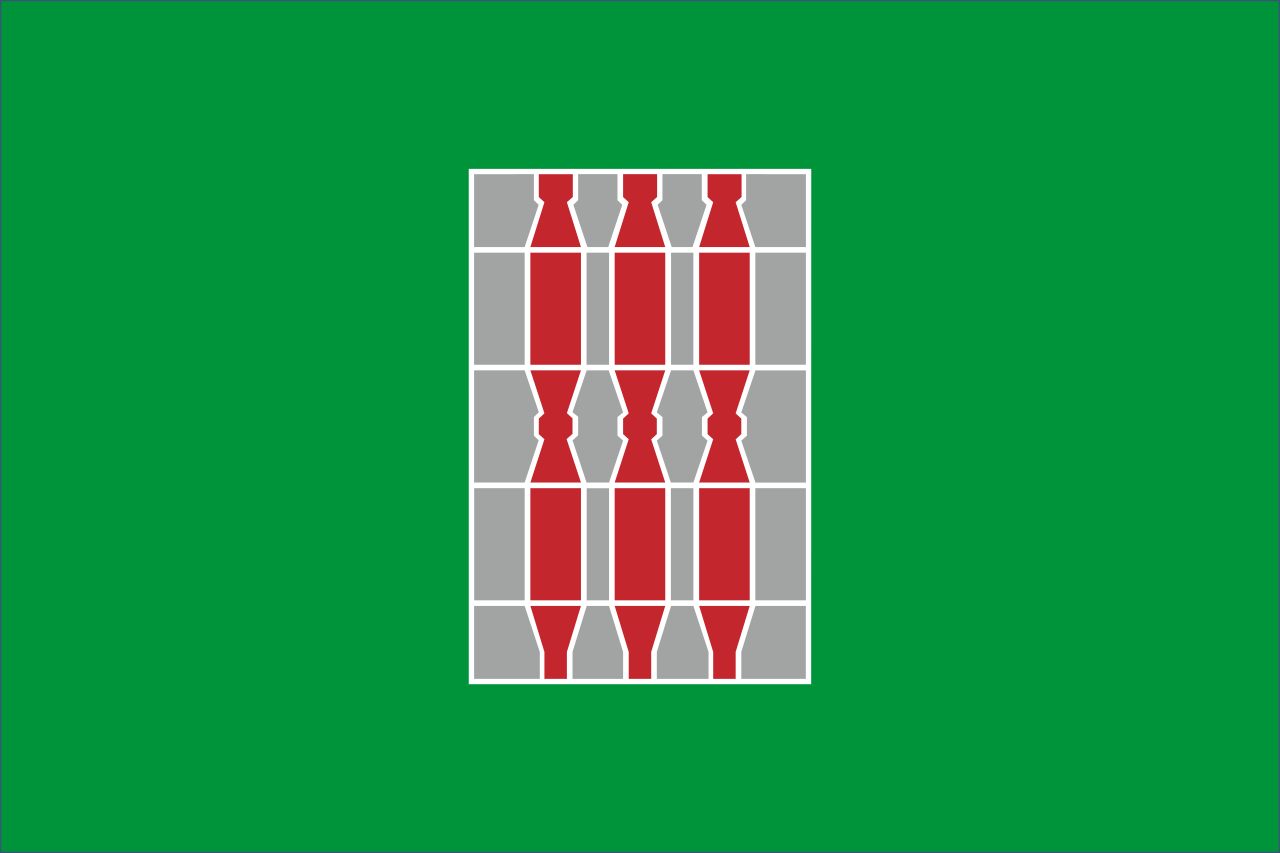 Umbria
Umbria

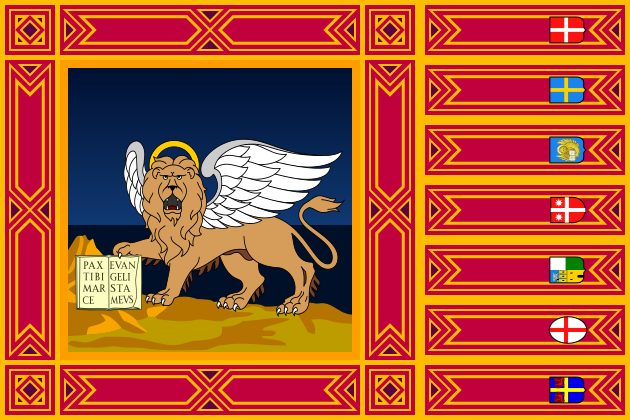 Veneto
Veneto
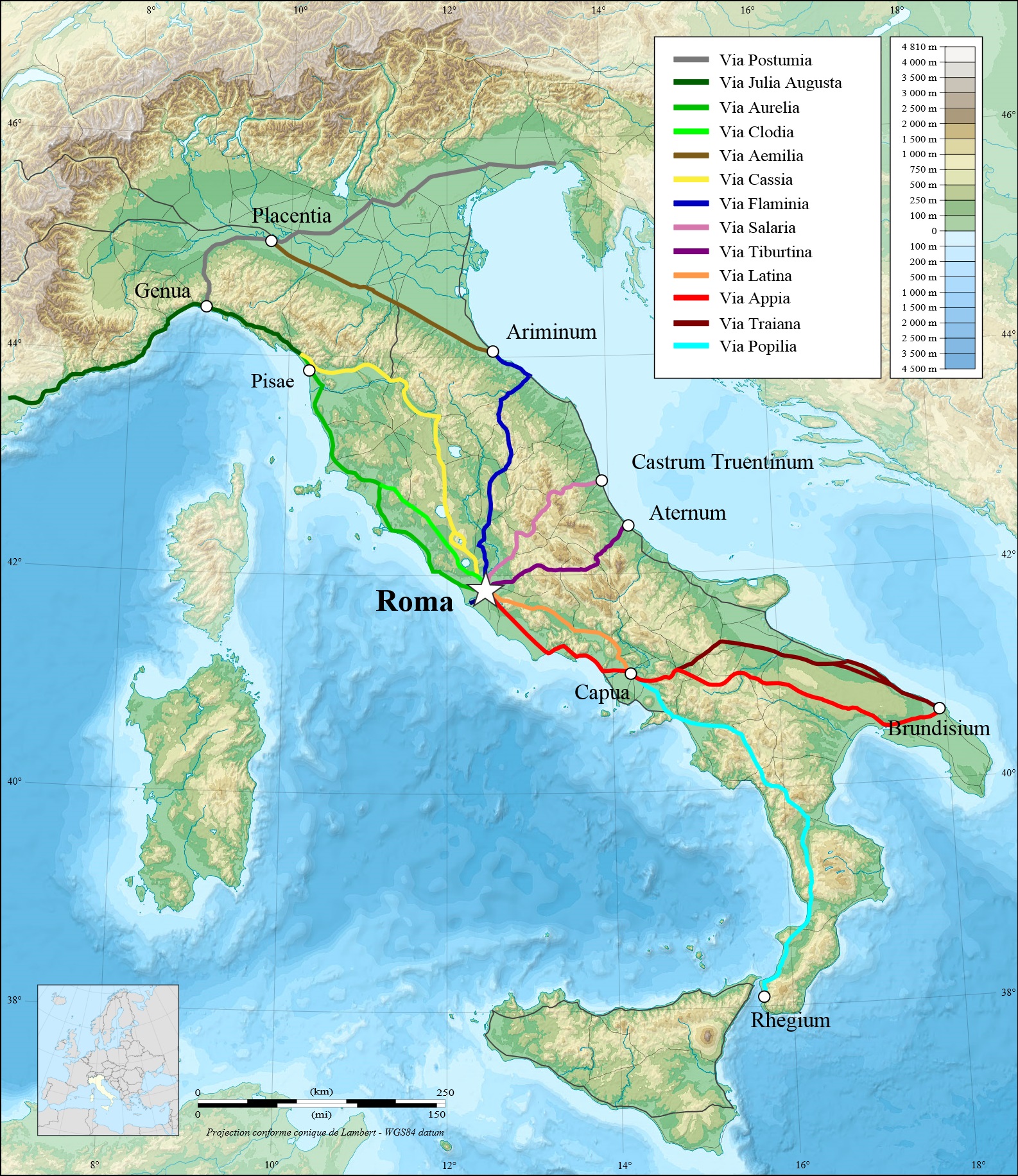
| Bauzeit und Erbauer | Verlauf | |
|---|---|---|
| Via Aemilia | 187 v. Chr. unter Marcus Aemilius Lepidus | Von Rimini (Ariminum), am Ende der Via Flaminia, über Cesena, Bologna nach Piacenza (Placentia) und Mailand (Mediolanum), jetzt die Staatsstraße 9 |
| Via Aemilia Scaura | 109 v. Chr. unter Marcus Aemilius Scaurus | Verlängerte Via Aurelia, von Pisa entlang der östlichen ligurischen Küste über Genua nach Vado Ligure (Vada Sabatia), weiter als Via Iulia Augusta, bzw. nach Piacenza (Placentia) |
| Via Amerina | Von Rom nach Ameria (heute Amelia) und Perugia | |
| Via Annia | 153 v. Chr. unter Konsul Tito Annio Lusco | Vom Hafen Adria über Padua nach Aquileia |
| Via Appia | 312 v. Chr. unter Appius Claudius Caecus | Älteste Römerstraße. Von Rom über Albano, Terracina, Fondi, Capua, Benevento (Beneventum), Venosa und Tarent (Tarantum) nach Brindisi (Brundisium, 264 v. Chr.) in Apulien, jetzt etwa die Staatsstraße 7 |
| Via Ardeatina | Von Rom über Falcognana nach Ardea (bei Aprilia) | |
| Via Aurelia | 241 v. Chr. unter Gaius Aurelius Cotta | Von Rom über Orbetello (Cosa), Pisa nach Lucca, später über Genua, Savona nach Ventimiglia und weiter nach Gallien (Frankreich), jetzt die Staatsstraße 1 |
| Via Caecilia | 142 v. Chr. unter Lucius Caecilius Metellus Calvus bzw. 117 v. Chr. unter Lucius Caecilius Metellus Diadematus | Von der Via Salaria abzweigend über Amiternum (bei L´Aquila), überwindet den zentralen Apennin am Passo delle Capanelle und führt nach Hatria (heute Atri) bzw. über Teramo nach Castrum Novum (Giulianova) zur Adria |
| Via Campana | Den Tiber entlang, parallel zur Via Portuense bzw. zur Saline Veienti | |
| Via Casilina | Von Rom über Anagni, Frosinone nach Casilinum bei Cassino (entspricht ab Anagni der Via Latina) | |
| Via Cassia | 171 v. Chr. | Von Rom (abzweigend von der Via Flaminia) über Sutri, Viterbo durch Etrurien und über Arezzo (Aretium) nach Florenz (Florentia) und weiter über Pistoia nach Lucca und Pisa (zur Via Aurelia) |
| Via Clodia | 225 v. Chr. | Von Rom (abzweigend von der Via Cassia) über Bracciano und Vejano wieder zur Via Cassia |
| Via Collatina Antica | Von Rom südlich des Flusses Aniene nach Collatia bei Palestrina (Penestrina) | |
| Via Domitiana | 95 v. Chr. unter Domitian | Von Terracina über Pozzuoli (Puteoli) nach Portus Julius am Golf von Neapel und weiter über Neapel (Neapolis) nach Reggio (Rhegium) |
| Via Empolitana | Von Tivoli nach Subiaco | |
| Via Farnesiana | Abzweigend von der Via Aurelia zum Ort Farnese (Castrum Farneti) westl. des Bolsena-See | |
| Via Flaminia | 220 v. Chr. unter Gaius Flaminius | Von Rom über Narni (Narnia) nach Fano (Fanum Fortunae) bzw. bis nach Rimini (Ariminum), jetzt Staatsstraße 3 |
| Via Flaminia Nuova | Neuere Variante der Via Flaminia über Spoleto (Spoletum) | |
| Via Flaminia Minor | 187 v. Chr. | Von Arezzo (Arretium) nach Rimini (Ariminum) |
| Via Gallica | Von Verona (abzweigend von der Via Postumia) über Brescia, Bergamo nach Mailand | |
| Via Iulia Augusta | 13 v. Chr. unter Augustus | Fortführung der Via Aurelia und Via Postumia von Genua über Vado Ligure (Vada Sabatia) entlang der ligurischen Küste über Albenga (Albigaunum) und Ventimiglia (Albintimilium) und durch die Seealpen nach Westen bis Arles (Arelate) bzw. Tarascon in Gallien (Anschluss an die Via Domitia) (heute Provence) |
| Via Iulia Augusta | Eine andere „Via Iulia Augusta“ führt von Aquileia nordwärts über Zúglio (Karnische Alpen, Iulium Carnicum) und den Plöckenpass bis ins Drautal, teilt sich bei Irschen (castrum Ursen) und führt über Aguntum (bei Lienz/Osttirol) und Innichen (Littamum) nach Veldidena (Wilten/Innsbruck) bzw. über Teurnia (bei Spittal an der Drau) und Virunum (am Magdalensberg bei Klagenfurt) nach Iuvavum (Salzburg) | |
| Via Labicana | Von Rom, von der Via Latina über Labicum zur Via Praenestina | |
| Via Latina | Von Rom nördlich der Albaner Berge über Anagni, Ferentinum, Frosinone (Frusino) und Liri nach Capua (Anschluss an die Via Appia) | |
| Via Laurentina | Von Rom nach Laurentum (San Lorenzo am Thyrrhenischen Meer) | |
| Via Nomentana | Von Rom nach Nomentum (heute Mentana) (früher Via Ficulensis nach Ficulea) | |
| Via Ostiense | Von Rom nach Ostia (römische Hafenstadt) südlich des Tiber | |
| Via Palombarese | Mittelalterliche Bezeichnung der Straße von der Via Nomentana nach Polombara Sabina | |
| Via Pompea | 210 v. Chr. | Umrundung von Sizilien |
| Via Popilia | 132 v. Chr. unter Konsul Publio Popillio Lenate | Von Capua, über Nocera (Nuceria), Morano(Moranum), Cosenza (Cosentia), Vibo (Valentia) nach Reggio Calabria (Rhegium) |
| Via Popilia-Annia | 132 v. Chr. | Von Rimini nach Aquileia |
| Via Portuense | unter Claudius | Von Rom zum Hafen Portus Augusti nördlich des Tiber (in der Nähe des heutigen Flughafens Fiumicino) |
| Via Postumia | 148 v. Chr. | Von Aquileia, über Oderzo, Vicenza, Verona, Cremona, Piacenza (Placentia), Voghera (Iria), Tortona (Dertona), Serravalle (Libarna) nach Genua (erbaut unter Postumio Albino) |
| Via Praenestina | Von Rom nach Palestrina (Praeneste) (früher als Via Gabina bezeichnet) | |
| Via Sabina | Von der Via Salaria abzweigend nach L´Aquila | |
| Via Salaria | Von Rom über Settebagni, Fara in Sabina, Rieti, Antrodoco, Arquata und Ascoli Piceno nach Porto d´Ascoli zur Adria in den Marken, jetzt die Staatsstraße 4 | |
| Via Salaria Gallica | Von Fossombrone (Forum Sempronii) über Suasa, Ostra, Jesi, Macerata, Urbisaglia, Falesone nach Ascoli Piceno (Asculum) in den Marken (Verbindung der Via Flaminia und Via Salaria, im Landesinnern) | |
| Via Salaria Picena | Verbindet die Via Flaminia und die Via Salaria, von Fano (Fanum Fortunae) nach Castrum Truentinum bei Porto d´Ascoli an der Adria (Küstenstraße) | |
| Via Salaria Vecchia | Von Ascoli über S.Omero und Giulianova nach Atri (Verbindung von der Via Salaria zur Via Caecilia) | |
| Via Satricana | Von Rom nach Satricum (Le Ferriere, Stadtteil von Latina), siehe Via Ardeatina | |
| Via Severiana | Von Ostia nach Terracina (am Thyrrhenischen Meer) | |
| Via Sublacense | Von der Via Valeria abzweigend, im Aniene-Tal über Villa di Nerone nach Subiaco | |
| Via Tiberina | Von Rom im Tibertal über Capena, Fiano Nazzano, Ponzano und Magliano zur Via Flaminia | |
| Via Tiburtina | 286 v. Chr. unter Markus Valerius Maximus | Von Rom nach Tibur (Tivoli) und weiter als Via (Tiburtina) Valeria |
| Via Tiburtina Valeria | Fortsetzung der Via Tiburtina durch das Aniene-Tal, am ehem. Fucino-See entlang nach Pescara (Adria), jetzt in etwa die Staatsstraße 5 | |
| Via Traiana | 109 n. Chr. unter Marco Ulpio Traiano | Erbaut als Alternative zur alten Via Appia. Führt von Benevento über Ascoli Satriano, Canosa di Puglia, Ruvo und Bitonto nach Bari (Adria) und als Via Traiana Costiera (Küstenstraße) bzw. als Via Traiana Interna (im Landesinnern) über Rutigliano und Conversano weiter nach Brindisi |
| Via Traiana Calabra | Verlängert die Via Traiana von Brindisi nach Otranto | |
| Via Tuscolana | Von Rom nach Tusculum |
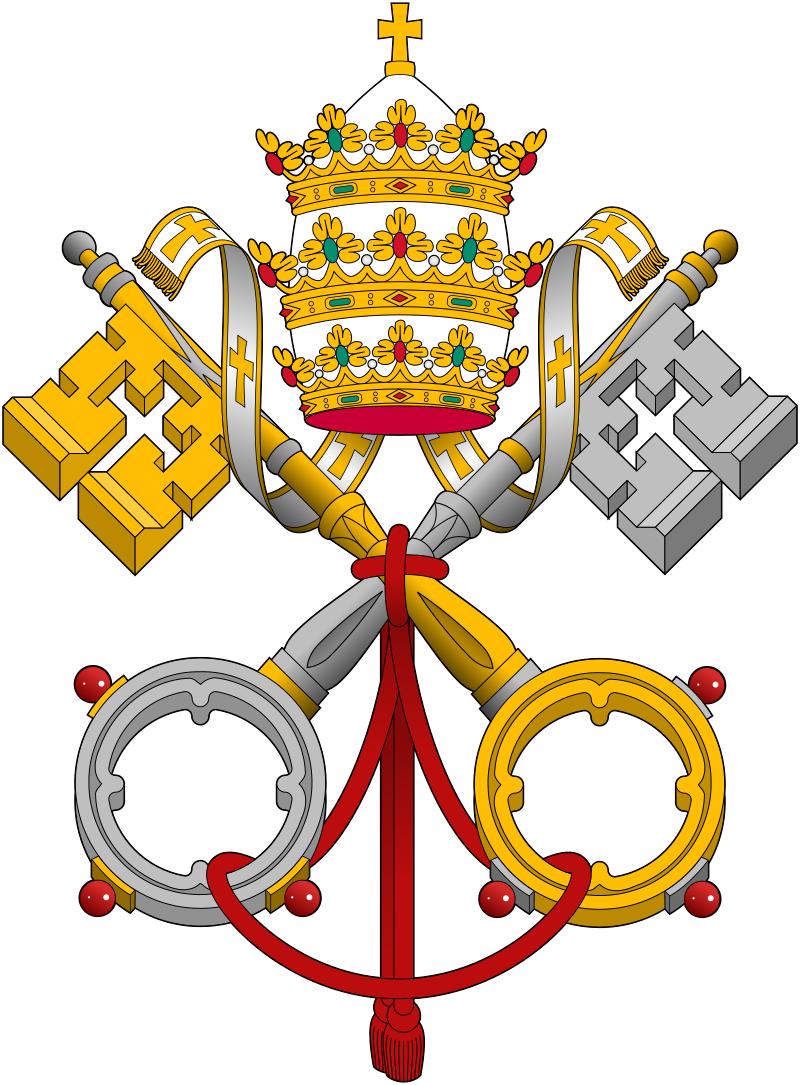

La Chiesa cattolica (dal latino ecclesiastico catholicus, a sua volta dal greco antico καθολικός, katholikòs, cioè "universale"[2]) è la Chiesa cristiana che riconosce il primato di autorità al vescovo di Roma, in quanto successore dell'apostolo Pietro sulla cattedra di Roma. I suoi fedeli vengono chiamati cristiani cattolici.
È formata da 24 Chiese sui iuris, la Chiesa latina in Occidente e 23 Chiese di rito orientale[3][4], che sono in comunione con il Pontefice.
Il nome richiama l'universalità della Chiesa fondata a partire dalla predicazione di Gesù Cristo e dei suoi Apostoli, costituita dal "Popolo di Dio" a sua volta formato da "tutte le nazioni della terra"[5], la quale viene dichiarata sussistere in modo perfetto nella Chiesa cattolica visibilmente organizzata, e nella comunione dei battezzati (non macchiati dai peccati di eresia o di apostasia) senza tuttavia negare, almeno a partire dal Concilio Ecumenico Vaticano II, la presenza di elementi di santificazione e di verità nelle altre Chiese cristiane separate da essa con le quali ritiene invece di dover perseguire un'azione ecumenica[6] e il riconoscimento di valori spirituali presenti nelle altre religioni[7].
La formula latina subsistit in, impiegata dalla Lumen gentium, fu oggetto di molteplici interpretazioni e successivamente chiarita nel suo significato autentico dal dialogo fra la Conferenza episcopale spagnola e la Congregazione per la dottrina della fede[8][9] [10], e nella dichiarazione Dominus Iesus.[11] Tra le Chiese cristiane, secondo le statistiche, al 2007 contava il maggior numero di fedeli a livello mondiale, circa 1,2 miliardi, con un'alta percentuale in Europa e nelle Americhe.[12]
La Iglesia católicanota 1 (en latín: Ecclesia Catholica) es la Iglesia cristiana más numerosa.4 Está compuesta por 24 Iglesias sui iuris: la Iglesia latina y 23 Iglesias orientales,56 que se encuentran en completa comunión con el papa y que en conjunto reúnen a más de 1313 millones de fieles en el mundo.17
La Iglesia católica sostiene que en ella subsiste la única Iglesia fundada por Cristo,nota 2 encomendada por él al apóstol Pedro, a quien le confió su difusión y gobierno junto con los demás apóstoles.11 Por ello, se considera a sí misma como un «sacramento», un «signo e instrumento de la unión íntima con Dios y de la unidad de todo el género humano».12
La cabeza de la Iglesia católica es el obispo de Roma, el papa, considerado el sucesor del apóstol Pedro, quien según la tradición católica fue el primer papa. El papa actual, el número 266 en la historia de la Iglesia, es Francisco. La sede papal, conocida como la Santa Sede, ocupa un lugar preeminente entre las demás sedes episcopales y constituye el gobierno central de la Iglesia,13 por quien actúa y habla, y es reconocida a nivel internacional como una entidad soberana.14
A la Iglesia católica pertenecen todos los bautizados según sus ritos propios y que no hayan realizado un acto formal de apostasía.nota 3 Según los datos del Anuario Pontificio de 2019 referentes al año 2017, el número de bautizados miembros de la Iglesia es de 1313 millones, el 17,7 % de la población mundial.13 Se trata de una comunidad cristiana que se remonta a Jesús y a los doce apóstoles, por medio de una sucesión apostólica nunca interrumpida,16 también compartida con la Iglesia ortodoxa.nota 4
A lo largo de sus dos milenios de historia, la Iglesia católica ha influido en la filosofía occidental, la ciencia, el arte y la cultura. Entre sus enseñanzas se incluyen la difusión del Evangelio y la realización de obras de misericordia corporales y espirituales en atención a los enfermos, pobres y afligidos, como parte de su doctrina social. La Iglesia católica, de hecho, es la mayor proveedora no gubernamental de educación y servicios médicos del mundo.17
Католи́ческая церковь[4] (лат. Ecclesia Catholica), также известная в русском языке как Ри́мско-католи́ческая церковь (лат. Ecclesia Catholica Romana), — самая крупная христианская церковь в мире, насчитывающая более 1,25 миллиарда последователей[3]. Одна из старейших религиозных институций в мире, играла важную роль в истории западной цивилизации[5]. Отличается организационной централизацией и наибольшим числом приверженцев. Римско-католическая церковь, придерживающаяся западных литургических обрядов, вместе с двадцатью тремя восточнокатолическими церквями составляет единую католическую церковь, которая полагает себя церковью, обладающей всей полнотой средств спасения.
天主教会即罗马公教会,是以罗马教宗为首的教会,为基督宗教的主要宗派之一,自承其历史从耶稣基督创立以来一脉相承。在大多数场合,天主教会即等同于天主教。截至2009年,天主教会在全球拥有约1,165,714,000名信徒,约占同时期总人口的六分之一,是基督宗教中信徒人数最为庞大的教会;
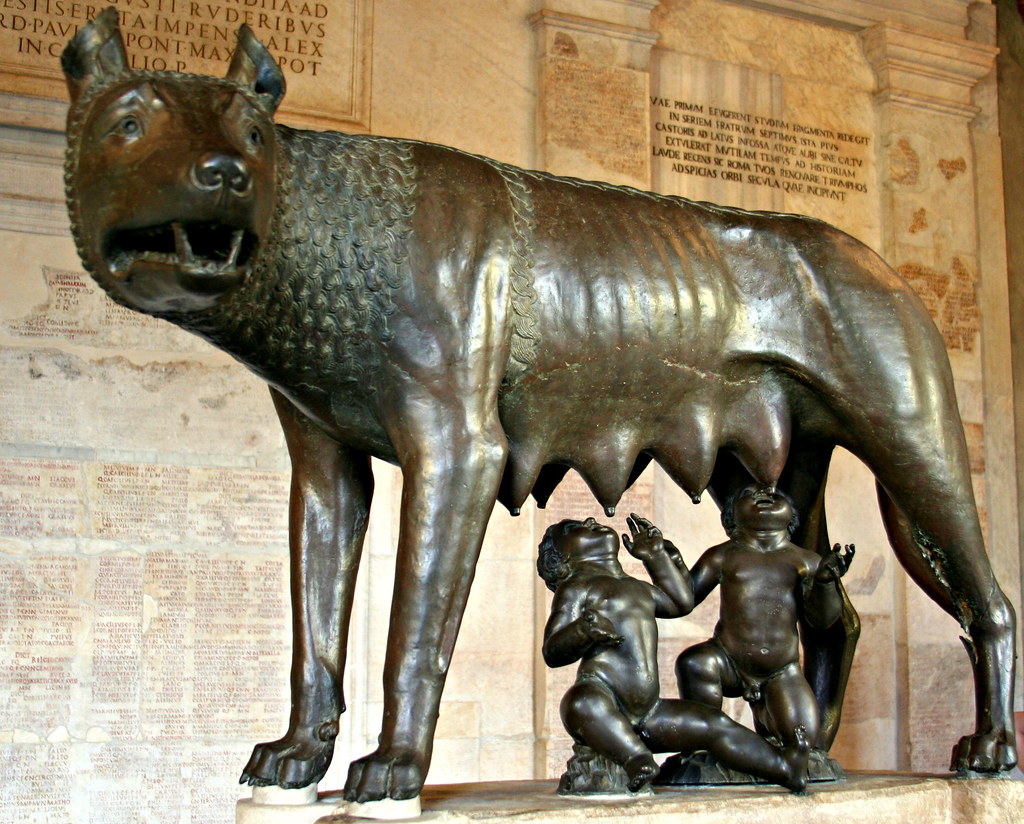
Romulus und Remus waren nach der römischen Mythologie die Gründer der Stadt Rom im Jahre 753 v. Chr. Sie waren nach der Sage die Kinder des Kriegsgottes Mars und der Priesterin Rhea Silvia.
罗慕路斯(拉丁语:Romulus,约前771年出生[注 1],约前717年7月5日逝世)与雷穆斯(Remus,约前771年出生,约前753年4月21日逝世)是罗马神话中罗马市的奠基人。在罗马神话中他们是一对双胞胎。他们的母亲是女祭司雷亚·西尔维亚,他们的父亲是战神玛尔斯。按照普鲁塔克和蒂托·李维等的传统罗马历史记载罗慕路斯是罗马王政时代的首位国王。
兄弟俩人后来因为就谁获得当地神的支持应该给新建的城市命名的问题而发生争执,甚至爆发战斗,结果罗慕路斯将雷穆斯杀死。此后罗慕路斯还创立了罗马元老院。通过抢劫附近的萨宾人的妇女他为新建的城市增加了人口,由此将罗马人与萨宾人融合为一个民族。罗慕路斯成为古罗马最大的征服者,将大量地区及其居民纳入罗马的统治范围。
罗慕路斯死后他被提升为象征罗马人的神奎利努斯。大多数人认为罗慕路斯和雷穆斯是传说人物,他们是从罗马这个名字引申出来的,而罗马原来可能是“河流”的意思。但是也有一些学者认为罗慕路斯的确是一个历史人物。这个理论的原因之一是1988年在罗马市帕拉蒂尼山北坡发现的“罗慕路斯墙”(Murus Romuli)[1]。



 Companies
Companies
 International cities
International cities
 Sport
Sport
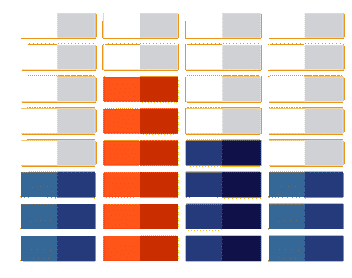 Music charts
Music charts
 Religion
Religion